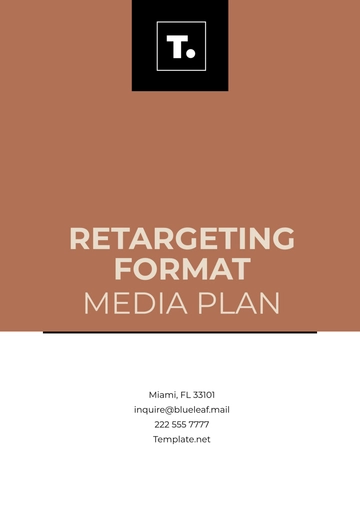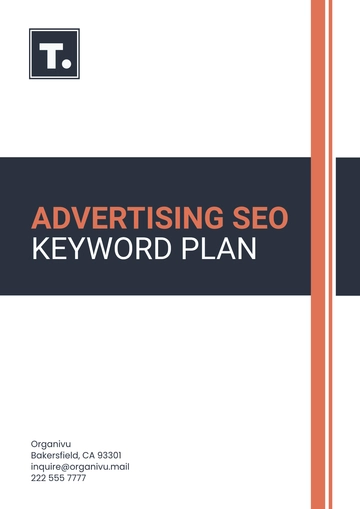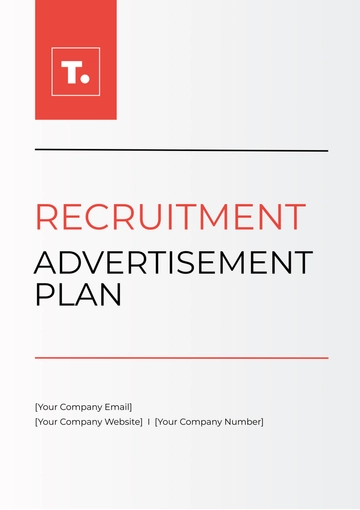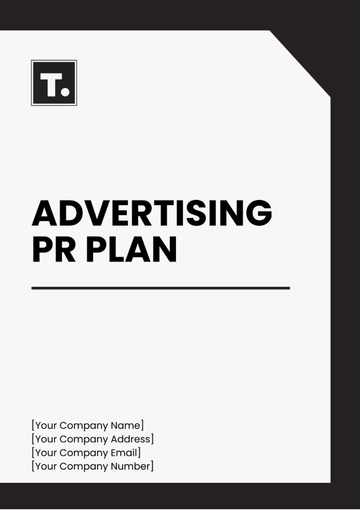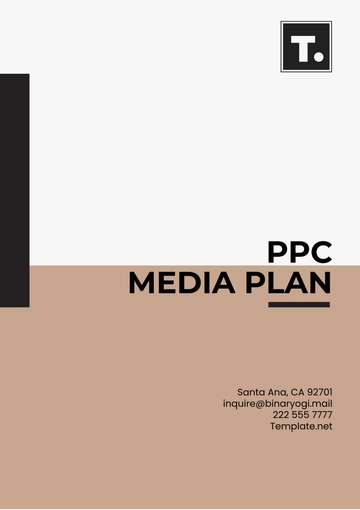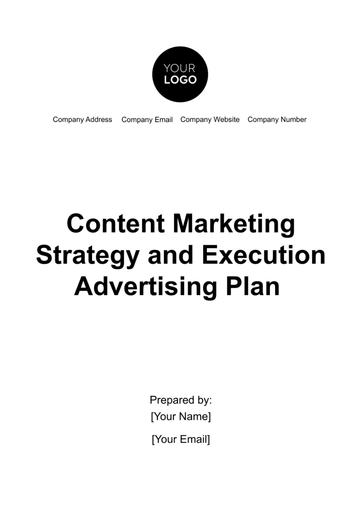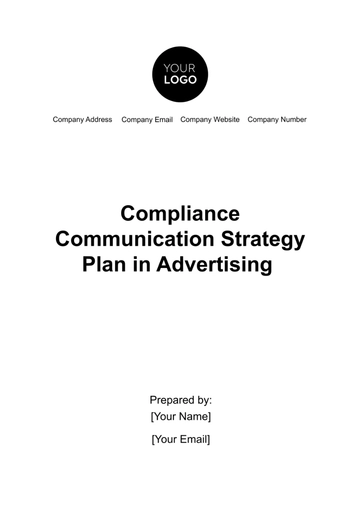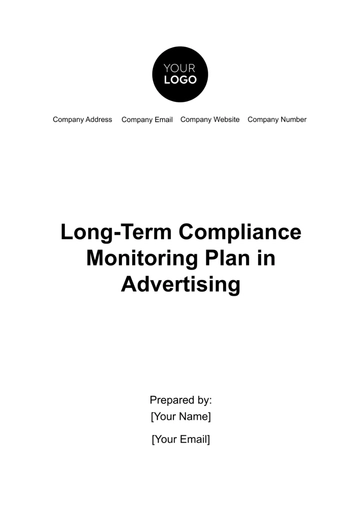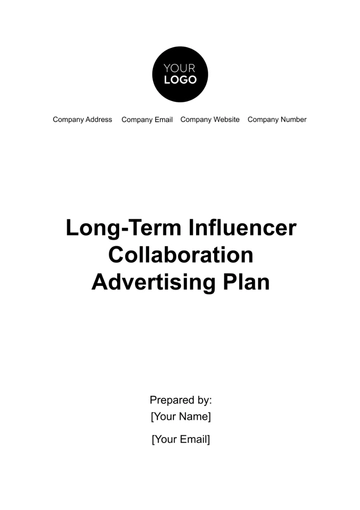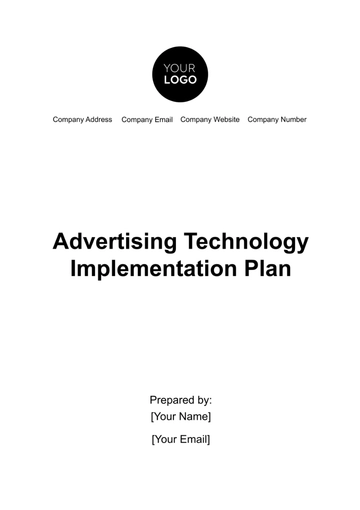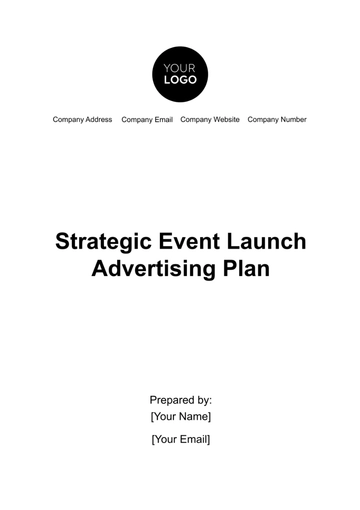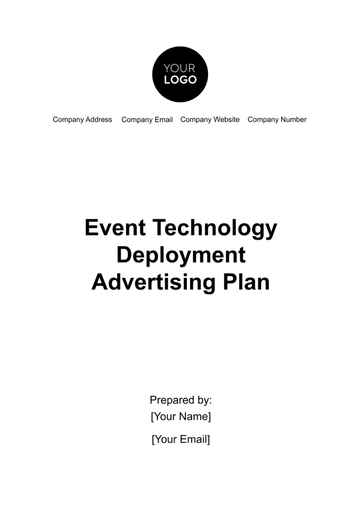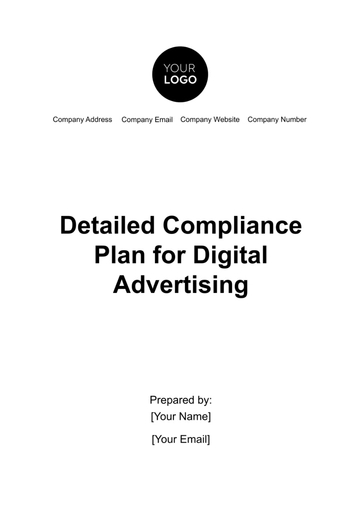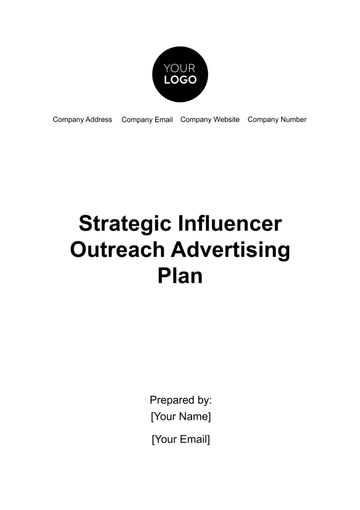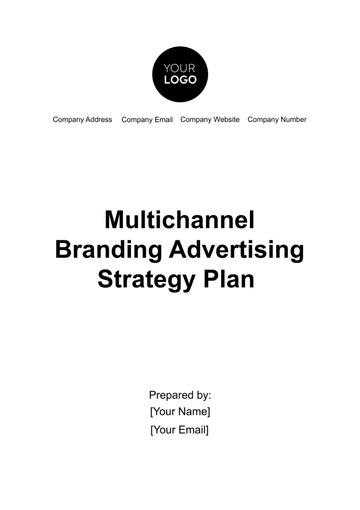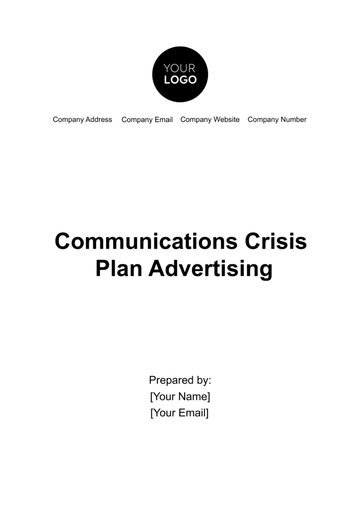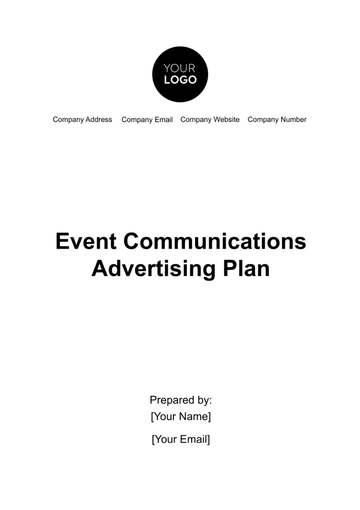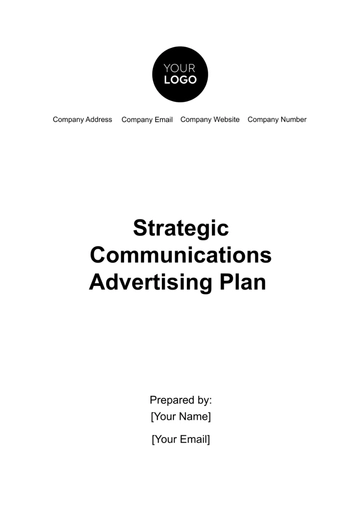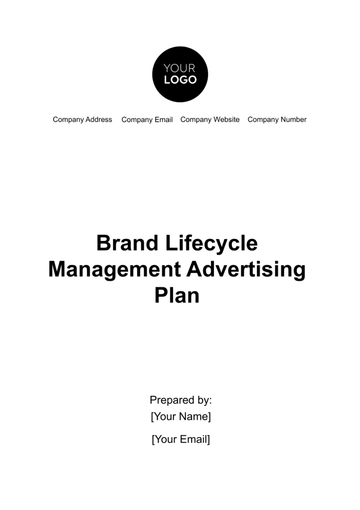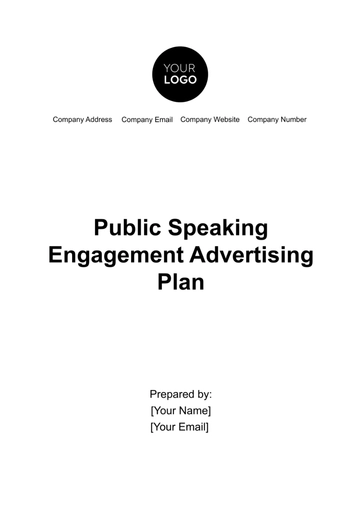Free Event Technology Deployment Advertising Plan
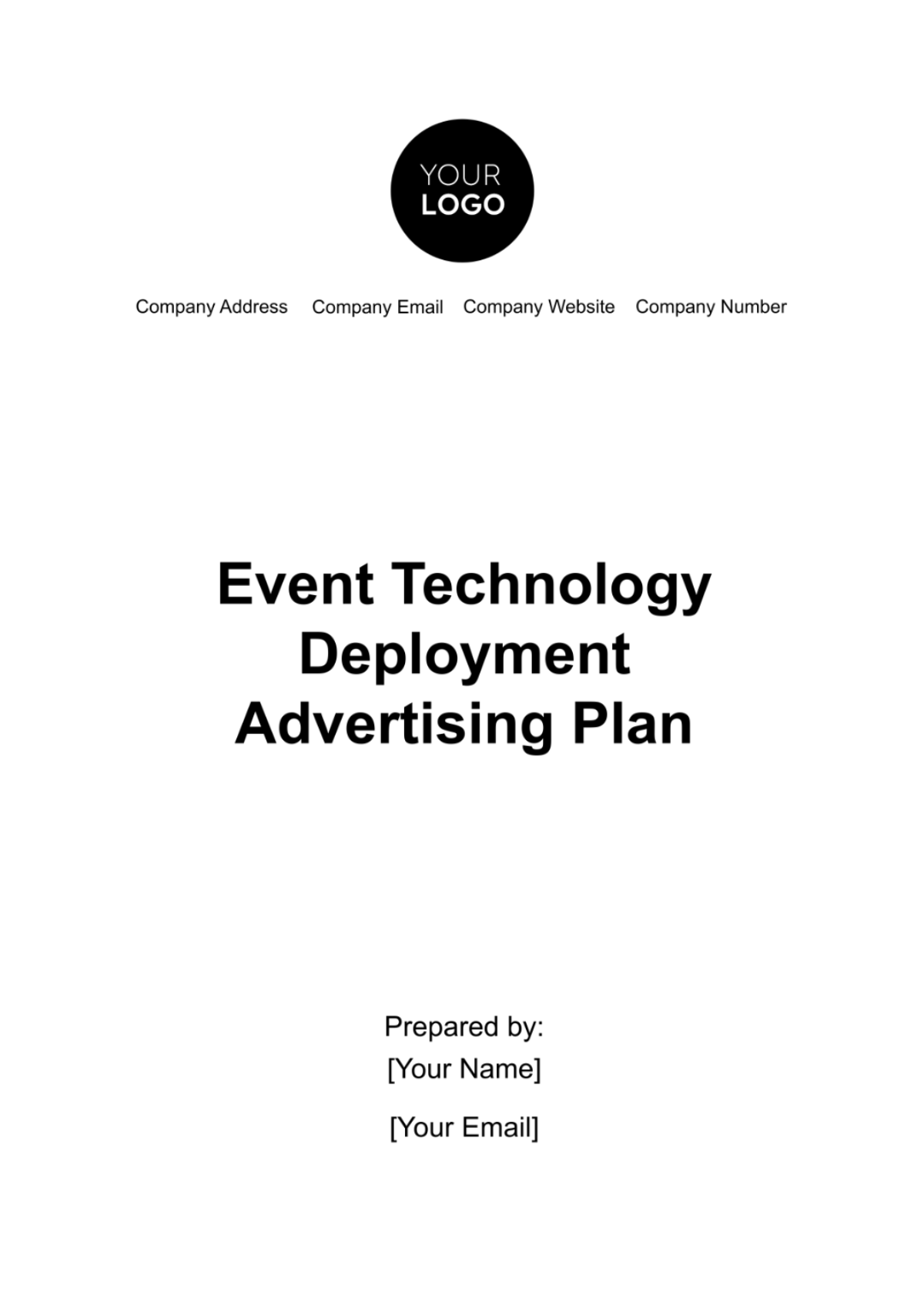
Executive Summary
[Your Company Name]’s [Event Name] is a pioneering event showcasing the latest advancements in technology. This executive summary encapsulates the advertising plan designed to maximize the event's reach and impact. The plan targets a diverse audience, including industry professionals, tech enthusiasts, and media representatives, employing a multi-channel promotional strategy that leverages social media, email marketing, blogs, and innovative paid digital advertising.
With an allocated budget of [$110,000], the campaign emphasizes immersive experiences, including virtual and augmented reality content. The timeline spans from pre-launch activities starting in [May 2050] to post-event engagement initiatives in [August 2050], ensuring sustained momentum. Key aspects of the plan include strategic partner engagement, interactive content creation, enhanced on-site and virtual experiences, robust post-event engagement efforts, carefully tiered sponsorship opportunities, and a thorough risk management approach.
Event Overview
Event Name: | [Event Name] |
Start Date: | [Month-Day-Year] |
End Date: | [Month-Day-Year] |
Location: | [Address] |
Objective: | To unveil and promote the most revolutionary advancements in event technology to a global audience of industry professionals. |
[Event Name] aims to be the epicenter of event technology innovation, where thought leaders and tech aficionados converge to exchange ideas and experience the future of event planning and execution.
Target Audience Identification
In order to ensure the effective reach and impact of [Event Name], a precise identification of our target audiences has been established, segmented into primary and secondary groups:
Primary Audience:
Professionals: This category includes event planners, venue managers, and corporate event coordinators, who are key players in the event management ecosystem and potential adopters of new technologies.
Tech Enthusiasts: Individuals who exhibit a strong passion for technological advancements, especially those that revolutionize event experiences, form a crucial part of our target audience.
Secondary Audience:
Media: Comprising tech bloggers, journalists, and influencers within the event and technology sectors, this group plays a vital role in amplifying our event's reach and influence through their platforms.
General Public: Individuals with an interest in emerging technology trends and potential future participation in similar events are also an important demographic, contributing to the broader appeal and engagement of [Event Name].
Promotional Channels Strategy
The following table outlines the channels through which we will promote [Event Name], tailored to our identified target audiences:
Channel | Target Audience | Purpose |
Social Media | Industry Professionals, Tech Enthusiasts | To generate buzz and foster community engagement. |
Email Marketing | ||
Blog Posts & Articles | ||
Paid Advertising |
Key Messaging Points
We will focus on communicating the transformative potential of the showcased technologies and their impact on the future of events. The messaging will underscore how attendees will gain firsthand experience with the technology that will redefine industry standards.
Budget Allocation Overview
Our budget is strategically allocated to maximize impact across all promotional channels, with a focus on immersive and interactive advertising formats.
Item | Estimated Cost | Notes |
Social Media Advertising | $30,000 | Including creation of immersive content and paid promotions. |
Email Campaigns | ||
Content Creation | ||
Paid Digital Advertising | ||
Miscellaneous |
Timeline
Our timeline serves as a strategic roadmap, outlining pivotal milestones and critical deliverables that span from the initial planning stages through to the post-event follow-up. This timeline is engineered to maintain a consistent cadence of engagement and momentum, ensuring each phase of [Event Name] is executed with precision.
Phase | Time Period | Activities |
Pre-Launch | [Month-Day-Year] | Announcement trailers in VR environments, early bird holographic invitations. |
Initial Launch | ||
Momentum Building | ||
Pre-Event Engagement | ||
Post-Event Outreach |
Success Metrics
In the evaluation of [Event Name]'s success, we employ a comprehensive set of both quantitative and qualitative metrics, meticulously designed to not only meet but exceed industry standards in engagement and conversion rates.
Engagement Metrics: Our approach includes a detailed analysis of audience interactions across digital platforms. We will track metrics such as likes, shares, and overall user engagement, providing a granular view of our digital footprint.
Conversion Rates: This metric involves a rigorous monitoring of key performance indicators, including ticket sales, email campaign effectiveness, and the efficiency of our advertising strategies.
Attendee Numbers: We aim to attract a significant number of participants, setting a target of surpassing [10,000] combined physical and virtual attendees, thereby establishing a new benchmark for event attendance.
Post-Event Feedback: We are targeting a minimum of [90%] positive feedback from attendees. This will be assessed through comprehensive, immersive post-event surveys, designed to capture in-depth participant insights and experiences.
Partner Engagement Strategy
Strategic partnerships and collaborations are pivotal in enhancing the scope and impact of [Event Name]. Our strategy involves engaging with a diverse range of entities:
Tech Companies: We aim to collaborate with leading technology firms, showcasing live demonstrations and exclusive product reveals, thereby offering a platform for cutting-edge innovation.
Media Outlets: Our plan includes partnering with premier Virtual Reality news platforms and technology blogs, ensuring extensive and high-quality event coverage.
Educational Institutions: By involving top-tier universities and technology schools, we intend to integrate academic presentations and foster student participation, thereby enriching the educational aspect of the event."
Interactive Content Plan
This strategy is centered on the development and deployment of dynamic, immersive content tailored to captivate our audience at every stage of the event lifecycle. Our aim is to craft experiences that are not only engaging but also foster deep interaction and sustained interest among participants.
Content Type | Platform | Purpose |
Virtual Reality Teasers | VR Platforms | To give a sneak peek of the event experience |
Augmented Reality Invites | ||
Interactive Panels |
On-Site and Virtual Experience Enhancement
This segment is dedicated to optimizing the experience for both on-site and virtual participants. The objective is to deliver a cohesive and enriching experience, bridging the gap between physical and digital attendance.
Feature | Description | Description |
Holographic Displays | On-site Attendees | High-definition holograms showcasing event highlights |
Virtual Reality Zones | ||
Interactive Kiosks |
Post-Event Engagement Plan
Our approach is designed to foster long-term engagement and community building. By implementing targeted follow-up strategies and digital outreach, we intend to maintain momentum, encouraging continued discussion and involvement in the technological advancements introduced at the event
Activity | Target | Medium |
Feedback Surveys | All Attendees | VR & Online Platforms |
Highlight Reels | ||
Follow-Up Webinars |
Sponsorship Acquisition and Management
Engaging with potential sponsors is crucial for both financial support and enhancing the event's credibility. We will target companies in technology, media, and related industries that share our vision for the future of event technology.
Sponsorship Tiers and Benefits:
Sponsorship Tier | Benefits | Target Sponsors |
Platinum | Tech Companies | Prime branding space, keynote session opportunities, exclusive demo areas |
Gold | ||
Silver |
Risk Management and Contingency Planning
This critical component of the event strategy focuses on the meticulous identification and analysis of potential risks associated with [Event Name]. Our objective is to develop robust contingency plans that guarantee the smooth execution of the event under various scenarios. By employing proactive risk assessment and strategic planning, we aim to ensure that any unforeseen challenges are effectively managed and mitigated, thereby safeguarding the integrity and success of the event.
Risk Assessment and Mitigation:
The success of [Event Name] hinges on meticulous planning and the ability to swiftly address unforeseen challenges. Our risk management strategy covers a range of potential issues, from technical glitches to changes in public health guidelines.
Risk Category | Potential Risks | Mitigation Strategies |
Technological | System Failures | Regular Tech Checks, Backup Systems |
Health & Safety | ||
Operational |
Conclusion
The comprehensive advertising and management plan for [Your Company Name]’s [Event Name] is designed to not only promote the event but also to ensure its success through strategic partnerships, engaging content, immersive experiences, and robust risk management. This plan positions [Your Company Name] as a pioneering company, set to redefine the standards of technology showcases and excellence.
- 100% Customizable, free editor
- Access 1 Million+ Templates, photo’s & graphics
- Download or share as a template
- Click and replace photos, graphics, text, backgrounds
- Resize, crop, AI write & more
- Access advanced editor
Introducing Template.net's Event Technology Deployment Advertising Plan Template, a comprehensive solution for businesses planning event promotions. Fully customizable and editable in our Ai Editor Tool, this template enables tailored strategies for effective advertising. Streamline deployment of event technology with precision, ensuring seamless execution and maximum impact. Simplify your advertising planning process and elevate your event marketing efforts with our user-friendly platform.
You may also like
- Finance Plan
- Construction Plan
- Sales Plan
- Development Plan
- Career Plan
- Budget Plan
- HR Plan
- Education Plan
- Transition Plan
- Work Plan
- Training Plan
- Communication Plan
- Operation Plan
- Health And Safety Plan
- Strategy Plan
- Professional Development Plan
- Advertising Plan
- Risk Management Plan
- Restaurant Plan
- School Plan
- Nursing Home Patient Care Plan
- Nursing Care Plan
- Plan Event
- Startup Plan
- Social Media Plan
- Staffing Plan
- Annual Plan
- Content Plan
- Payment Plan
- Implementation Plan
- Hotel Plan
- Workout Plan
- Accounting Plan
- Campaign Plan
- Essay Plan
- 30 60 90 Day Plan
- Research Plan
- Recruitment Plan
- 90 Day Plan
- Quarterly Plan
- Emergency Plan
- 5 Year Plan
- Gym Plan
- Personal Plan
- IT and Software Plan
- Treatment Plan
- Real Estate Plan
- Law Firm Plan
- Healthcare Plan
- Improvement Plan
- Media Plan
- 5 Year Business Plan
- Learning Plan
- Marketing Campaign Plan
- Travel Agency Plan
- Cleaning Services Plan
- Interior Design Plan
- Performance Plan
- PR Plan
- Birth Plan
- Life Plan
- SEO Plan
- Disaster Recovery Plan
- Continuity Plan
- Launch Plan
- Legal Plan
- Behavior Plan
- Performance Improvement Plan
- Salon Plan
- Security Plan
- Security Management Plan
- Employee Development Plan
- Quality Plan
- Service Improvement Plan
- Growth Plan
- Incident Response Plan
- Basketball Plan
- Emergency Action Plan
- Product Launch Plan
- Spa Plan
- Employee Training Plan
- Data Analysis Plan
- Employee Action Plan
- Territory Plan
- Audit Plan
- Classroom Plan
- Activity Plan
- Parenting Plan
- Care Plan
- Project Execution Plan
- Exercise Plan
- Internship Plan
- Software Development Plan
- Continuous Improvement Plan
- Leave Plan
- 90 Day Sales Plan
- Advertising Agency Plan
- Employee Transition Plan
- Smart Action Plan
- Workplace Safety Plan
- Behavior Change Plan
- Contingency Plan
- Continuity of Operations Plan
- Health Plan
- Quality Control Plan
- Self Plan
- Sports Development Plan
- Change Management Plan
- Ecommerce Plan
- Personal Financial Plan
- Process Improvement Plan
- 30-60-90 Day Sales Plan
- Crisis Management Plan
- Engagement Plan
- Execution Plan
- Pandemic Plan
- Quality Assurance Plan
- Service Continuity Plan
- Agile Project Plan
- Fundraising Plan
- Job Transition Plan
- Asset Maintenance Plan
- Maintenance Plan
- Software Test Plan
- Staff Training and Development Plan
- 3 Year Plan
- Brand Activation Plan
- Release Plan
- Resource Plan
- Risk Mitigation Plan
- Teacher Plan
- 30 60 90 Day Plan for New Manager
- Food Safety Plan
- Food Truck Plan
- Hiring Plan
- Quality Management Plan
- Wellness Plan
- Behavior Intervention Plan
- Bonus Plan
- Investment Plan
- Maternity Leave Plan
- Pandemic Response Plan
- Succession Planning
- Coaching Plan
- Configuration Management Plan
- Remote Work Plan
- Self Care Plan
- Teaching Plan
- 100-Day Plan
- HACCP Plan
- Student Plan
- Sustainability Plan
- 30 60 90 Day Plan for Interview
- Access Plan
- Site Specific Safety Plan

